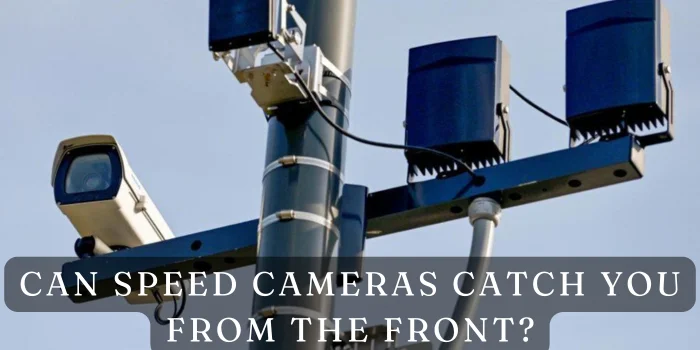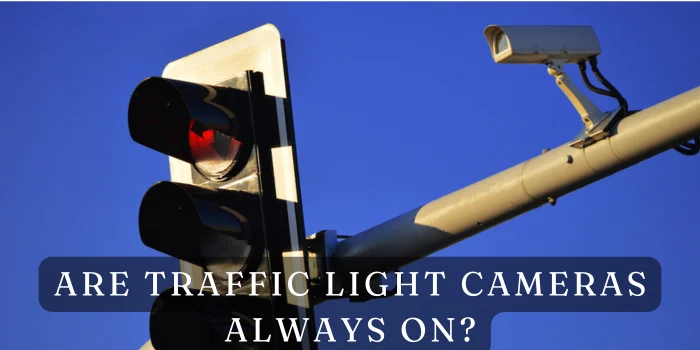Where Can You Find a Crawler Lane on a Motorway?
Are you on a motorway with a heavy load or driving a slower vehicle? You might be wondering where you can locate a crawler lane. These lanes are crucial for maintaining the smooth traffic flow, especially on steep inclines. But where exactly can you find them in the UK?
Introduction to Crawler Lanes:
What is a Crawler Lane?
A crawler lane, often called a climbing lane, is a motorway section designated for slower-moving vehicles. These lanes are typically found on steep uphill stretches of motorways, where larger vehicles like lorries and buses need help to maintain the speed of other traffic. Using these lanes allows slower vehicles to keep to the left, allowing faster traffic to pass safely on the right.
Why Do Crawler Lanes Exist?
The primary reason for crawler lanes is to prevent bottlenecks and reduce congestion. When slower vehicles are forced to occupy the same lanes as faster-moving traffic, it creates a ripple effect, slowing everyone down. Crawler lanes ensure that motorways remain free-flowing, even in areas where heavy vehicles might otherwise cause delays.
Locations of Crawler Lanes on UK Motorways:
Common Motorways with Crawler Lanes:
In the UK, crawler lanes are standard on several motorways, especially in hilly regions. You’ll find them on roads like the M6, mainly through the Lake District, and on sections of the M3 and M25, where inclines make driving challenging for larger vehicles. These lanes are also on parts of the M62, where the Pennines create natural inclines.
Identifying Crawler Lane Signs:
Spotting a crawler lane is easy if you know what to look for. Signs indicating a crawler lane usually appear well before the road begins, giving drivers ample time to adjust. These signs often depict a lorry on a hill with an extra lane to the left, signalling that slower vehicles should prepare to move over.
Who Should Use a Crawler Lane?
Vehicles Suited for Crawler Lanes:
Crawler lanes are primarily intended for heavy goods vehicles (HGVs), buses, and other vehicles that might struggle to maintain higher incline speeds. However, it’s not just for the most significant cars. If you’re towing a caravan or driving a particularly slow vehicle, use these lanes when necessary.
Situations Requiring Crawler Lane Use:
If you’re driving up a hill and notice your speed dropping significantly compared to other vehicles, it’s time to move into the crawler lane. This keeps you out of the way of faster traffic and reduces the risk of accidents. Always remember, if you’re holding up traffic behind you, the crawler lane is where you belong.
Safety Tips for Using Crawler Lanes:
Entering and Exiting the Lane Safely:
When you see the signs for a crawler lane, check your mirrors and signal well before moving over. The transition should be smooth without disrupting the flow of traffic. Similarly, when the crawler lane ends, merge back into the regular lanes carefully, ensuring you’re up to speed to match the traffic around you.
Understanding Speed Limits and Rules:
Crawler lanes have the same speed limits as the rest of the motorway unless otherwise indicated. However, because they are intended for slower-moving vehicles, it’s essential to stay within a speed that is safe for your car and the conditions of the road. Always be aware of the rules specific to these lanes and adhere to them to ensure everyone’s safety.
Conclusion:
Crawler lanes are an essential feature of UK motorways, designed to keep traffic moving smoothly, especially in areas where heavy vehicles would otherwise slow down the flow. Whether you’re driving a lorry, towing a caravan, or find your vehicle struggling up a steep incline, knowing when and how to use a crawler lane can make your journey safer and more efficient.
FAQs:
What speed should I drive in a crawler lane?
Stick to a speed safe for your vehicle and road conditions, usually slower than the regular lanes.
Are crawler lanes available on all motorways?
No, they are mainly found on motorways with steep inclines.
Can cars use a crawler lane?
Yes, if they are unable to maintain speed on inclines.
What happens if I don’t use a crawler lane when needed?
You risk causing delays and potentially unsafe situations for faster-moving vehicles.
How do I know when a crawler lane is coming up?
Look for road signs that indicate a crawler lane ahead, typically showing a lorry on a hill.



